Is It True That Cows Emit a Lot of Methane, or Is This Propaganda of Environmental Madness? (6 photos)
Which animal is the most dangerous on the planet? Lions, wolves? Or maybe mosquitoes infected with all possible viruses? No! According to environmental activists, the most terrible animal on planet Earth is... a cow! Yes, the most ordinary horned cow. But why such statements? 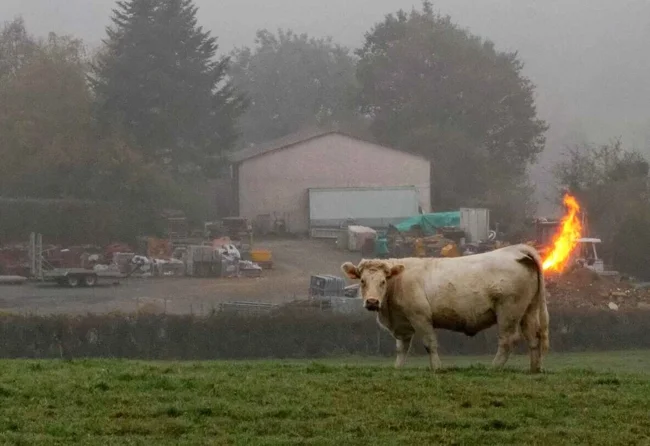
Milka, burn!
All modern anti-cow propaganda is based on the principles of ungulate digestion. Unlike us, bipeds, all cows have a complex 4-chamber stomach, in which food is fermented and digested with the help of special bacteria. In the process of processing hay and grass by bacteria, gas is released - methane. It leaves the cow in two natural ways, which are well known to us. Thus, one animal releases about 2 tons of methane per year (yes, gas is measured in kilograms and tons, all claims to physicists). 
They released so much gas here, it’s impossible to get through!
And methane, as we know, is the third most important greenhouse gas on the planet after carbon dioxide and water vapor. It is responsible for global warming and, therefore, for climate change, disasters and other bad things. Thanks to simple calculations, eco-activists have found out that the agricultural industry emits about 31% of all methane on the planet. 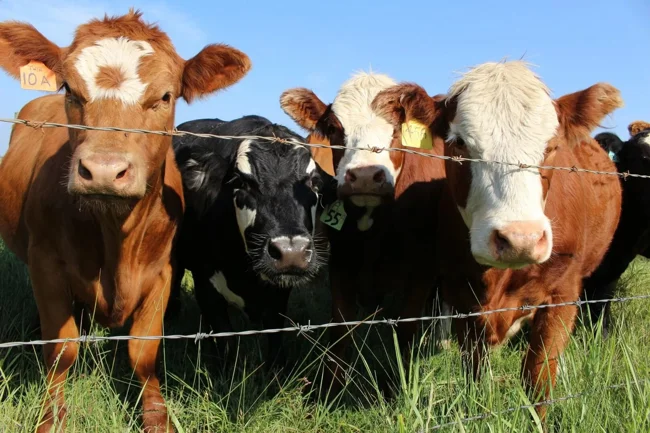
Arrested for exceeding the level of methane in the body.
This gigantic percentage includes gases from all small and large ungulates, fish and birds. Methane emissions from the production of feed, agricultural machinery and waste were also taken into account. But most of this 31% is emitted by cows. There are over 1.5 billion heads of cattle worldwide. Cows are among the three most numerous mammals on the planet, second only to humans and rats. 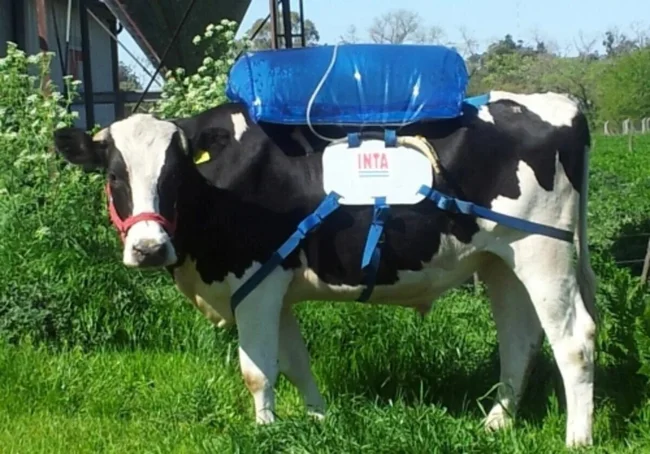
This strange thing on the cow is a gas collector. It is connected directly to the cow's stomach and collects all the methane that is formed during digestion. A strange and crazy technology.
And it seems that all the messages of the greens are clear, the cow is a terrible polluter of the atmosphere, but something does not add up here. Firstly, the percentages themselves. In fact, the translations of foreign articles are distorted, 31% is not a third of ALL methane emitted in the world. This is a third of the methane produced ONLY by the food industry. At the same time, the ratio of this methane to global emissions into the atmosphere is only 26%. The remaining 74% is released due to the extraction of oil products, manufacturing, exhaust gases, as well as the activity of bacteria in reservoirs and swamps.
It turns out that cows emit a third of a third, that is, about 9% of all this harmful gas. Now, that doesn't sound so scary. 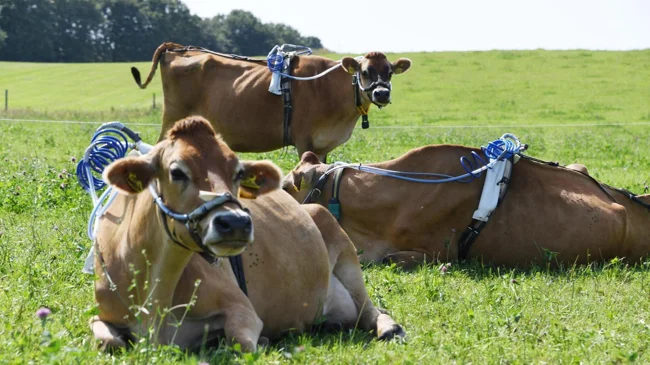
These are not cyborg cows. These are special things that are attached to the cow's muzzle to capture methane.
Secondly, the harm from cows is clearly overestimated. In addition to emitting methane, they perfectly utilize some of the waste from food production - straw, cake, leftovers and peelings. Without horned helpers, all this would lie around in landfills, rot and emit methane in the same way. 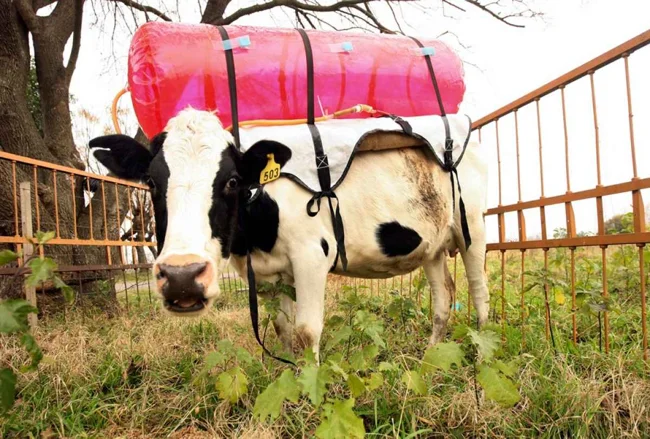
You didn't want to take me for a ride in a hot air balloon? Well, I'll inflate mine and fly myself!
Environmental activists propose to reduce the number of cattle as much as possible in order to avoid a climate catastrophe. And developed countries support this initiative. For example, in France in 2022 the number of cows in the country decreased by 2.7%. With a total of 19 million animals, about 500,000 cows were slaughtered in just one year due to fears of global warming. However, the average consumer's need for meat has not gone away. The missing percentage is made up for by importing milk and meat from slightly less developed countries. Transporting products from point A to point B releases no less methane into the atmosphere than if they were emitted by cows. So why trade one thing for another?






















